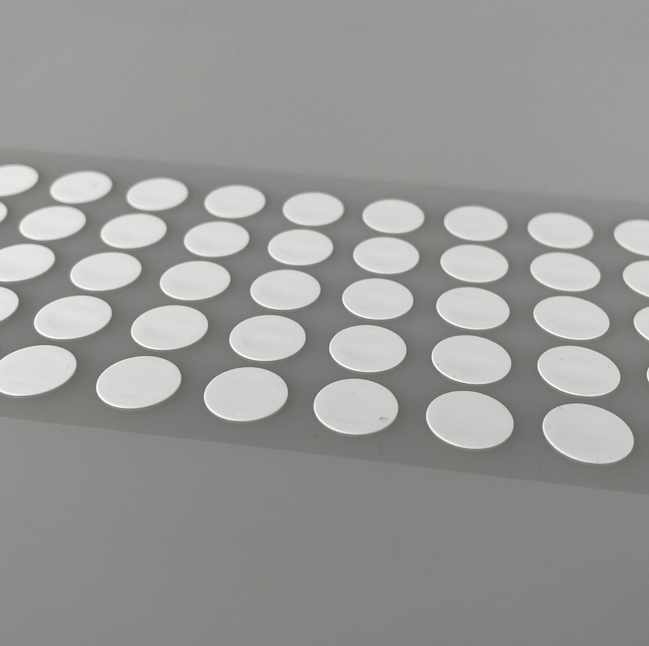Universal Process Integration Compatibility
The protective membrane sensor achieves exceptional universal process integration compatibility through innovative design features that enable seamless deployment across diverse industrial applications and control system architectures. This comprehensive compatibility approach eliminates traditional barriers to sensor implementation, reducing installation time and costs while ensuring optimal performance in varied operational environments. The sensor's modular communication architecture supports multiple industry-standard protocols including 4-20mA analog signals, HART digital communication, Modbus RTU, and Ethernet-based protocols, ensuring compatibility with virtually any existing control system infrastructure. Flexible mounting options accommodate standard process connections including NPT, BSP, and metric thread configurations, while specialized flanged designs meet specific application requirements without requiring custom fabrication. The protective membrane sensor's calibration system adapts to different measurement ranges and units, supporting both metric and imperial measurement systems with seamless conversion capabilities that eliminate configuration complexity. Environmental adaptability enables operation across extreme temperature ranges from -40°C to +200°C while maintaining measurement accuracy within ±0.1% of full scale, ensuring reliable performance regardless of process conditions. Power supply flexibility accommodates various voltage levels and power configurations commonly found in industrial facilities, including loop-powered operation that eliminates additional wiring requirements. The sensor's explosion-proof certifications meet international safety standards including ATEX, IECEx, and FM approvals, enabling safe deployment in hazardous area classifications without additional protective measures. Software compatibility extends to major industrial automation platforms including Siemens, Rockwell Automation, Schneider Electric, and Honeywell systems, with pre-configured device drivers that simplify integration and reduce commissioning time. Customization services provide application-specific modifications including specialized membrane materials, alternative process connections, and custom calibration ranges that meet unique operational requirements while maintaining the core protective benefits. This universal compatibility approach ensures that the protective membrane sensor integrates smoothly into existing infrastructure while providing upgrade paths for future system expansions. The comprehensive compatibility features reduce implementation risks and costs, enabling facilities to deploy advanced sensor technology without extensive system modifications or compatibility concerns, ultimately delivering faster return on investment through improved monitoring capabilities and reduced installation complexity.


